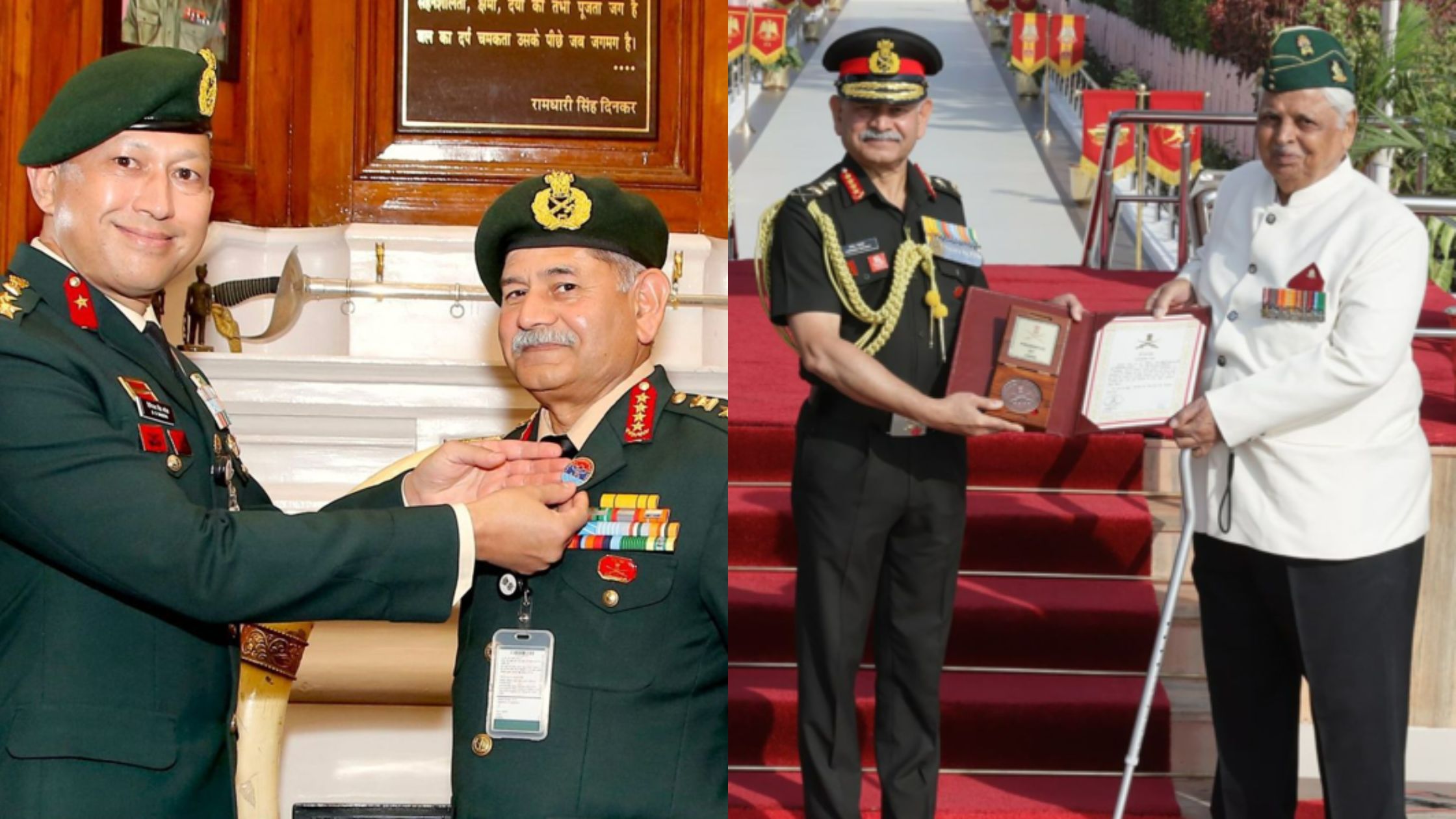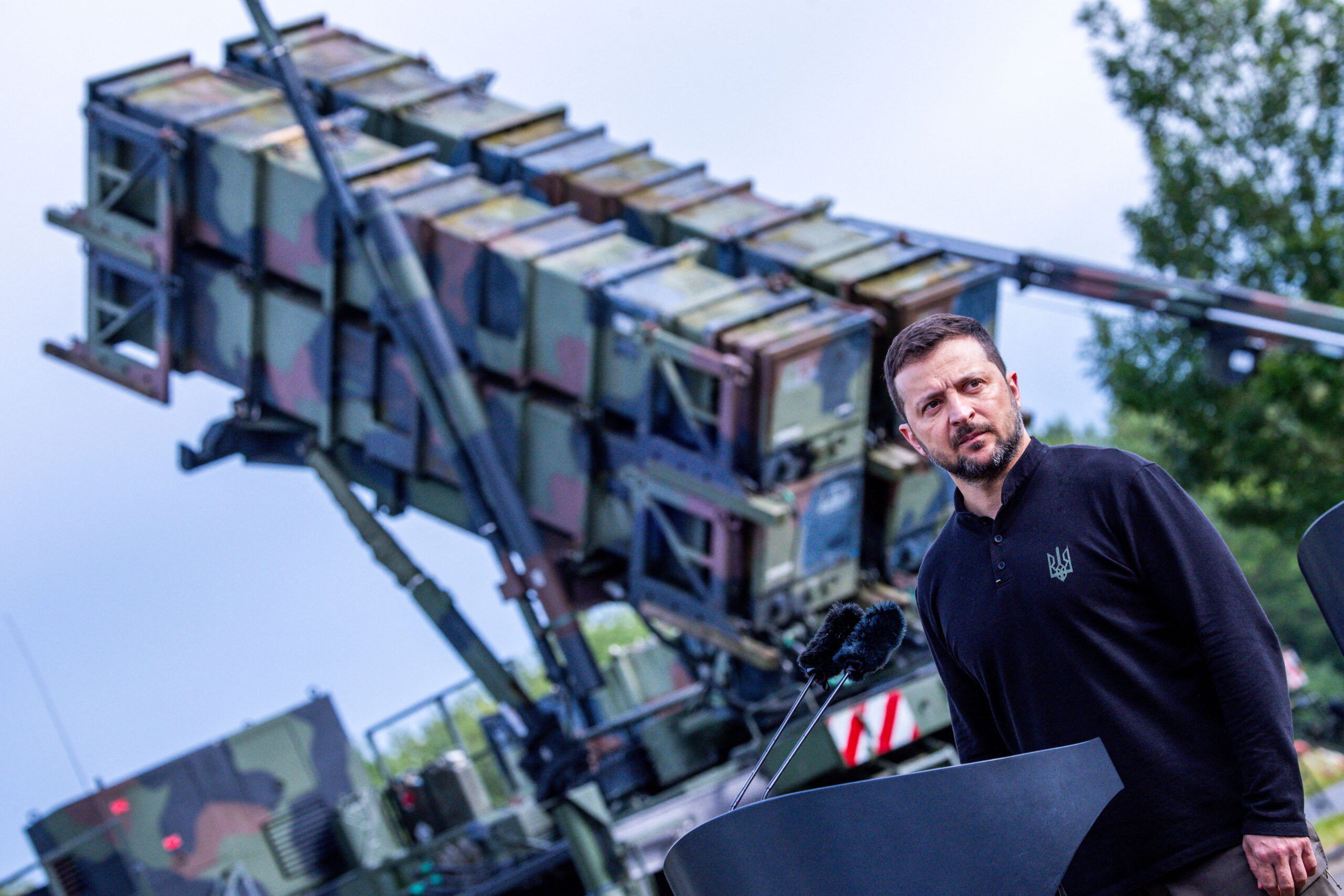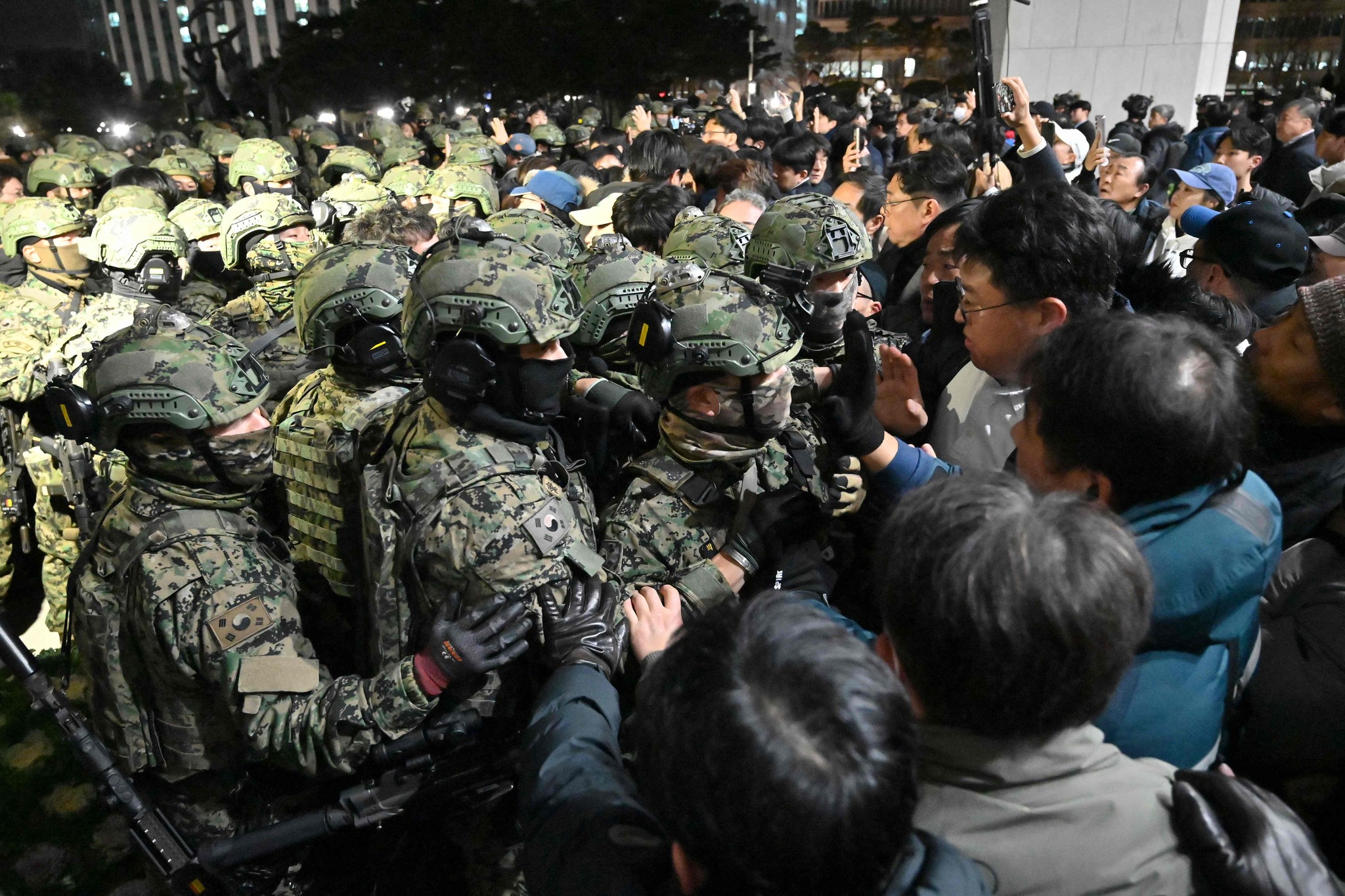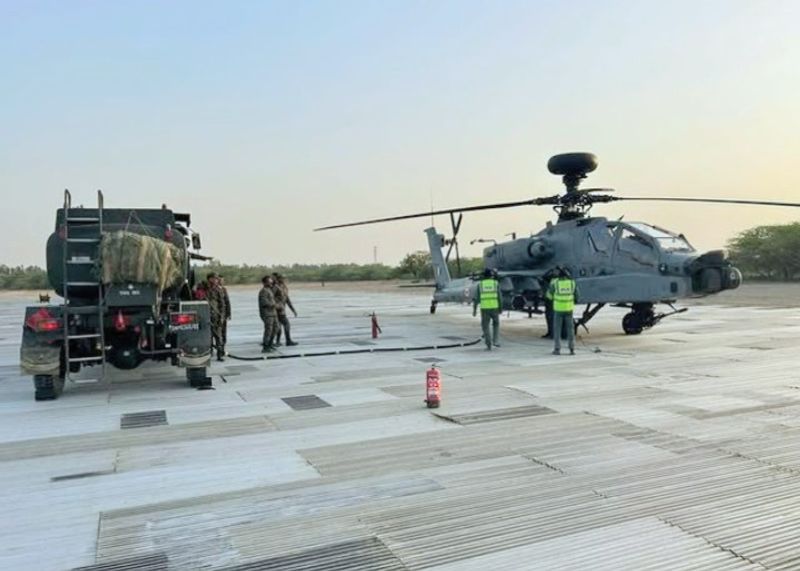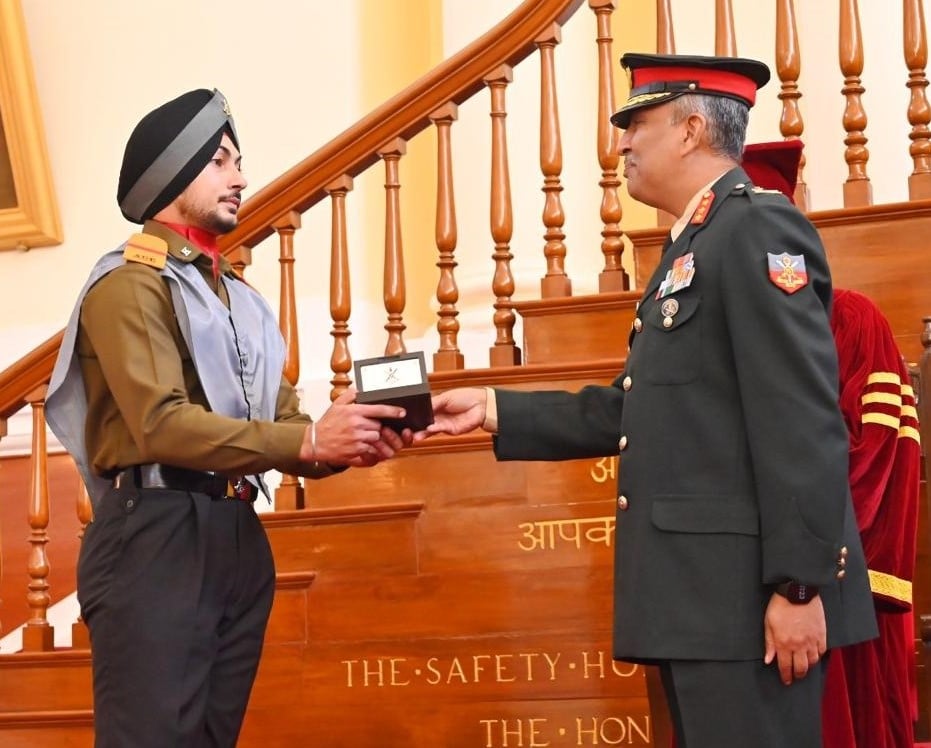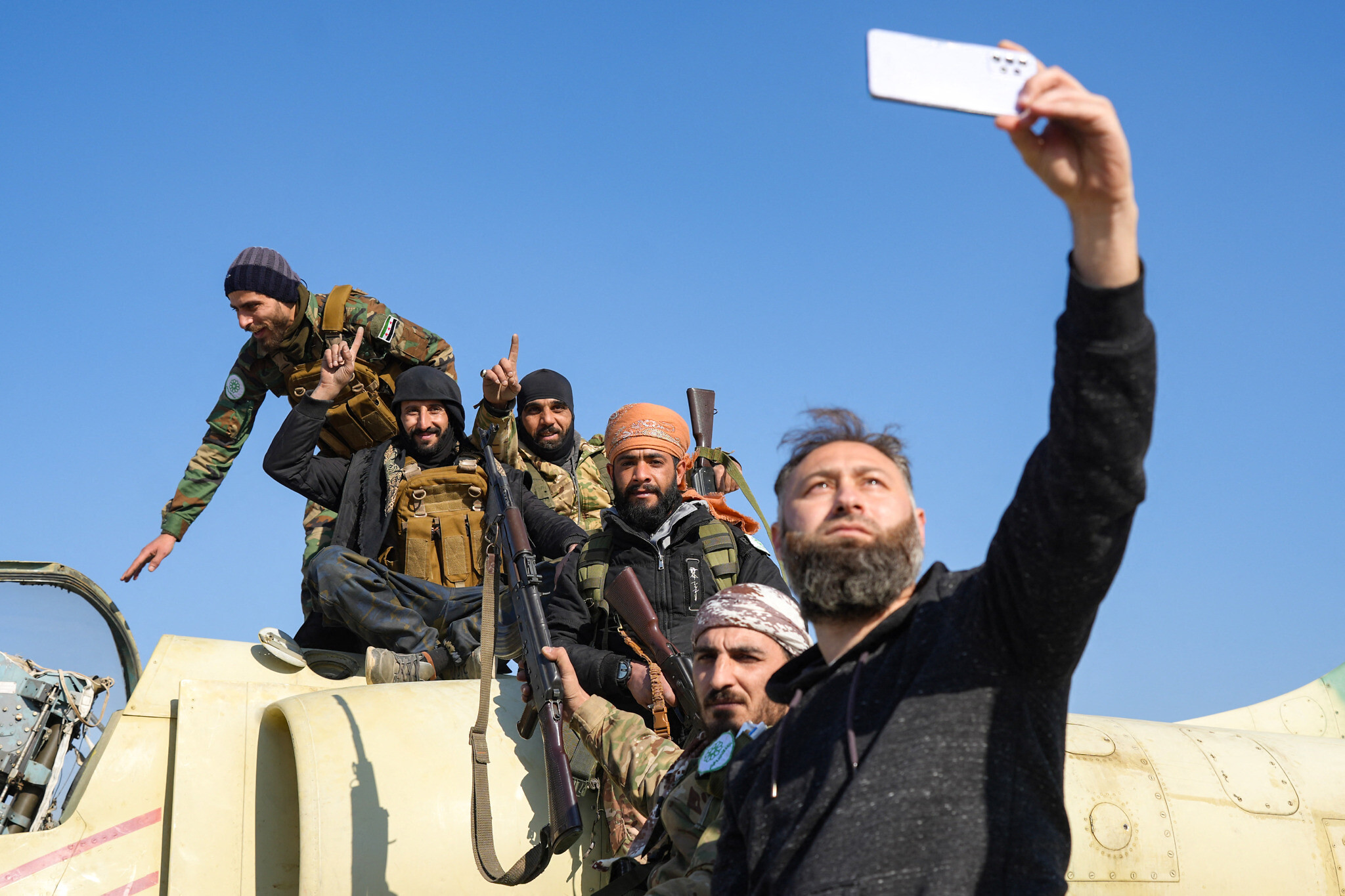Honoring Veterans: Indian Army Launches Welfare Initiatives on Armed Forces Flag Day
As the nation observes the Armed Forces Flag Day, a heartfelt tribute is paid to the exceptional service and sacrifices…
US Announces $988 Million Security Aid Package for Ukraine Amid Concerns Over Future Assistance
The United States has unveiled a substantial new security assistance package totaling $988 million for Ukraine, amid ongoing concerns regarding…
South Korea Interior Minister Resigns Amid Martial Law Turmoil
In a significant political fallout in South Korea, Interior Minister Lee Sang-min announced his resignation on Sunday amidst the chaos…
IAF and Chitkara University Develop Advanced VR Training System for Agniveers’ Aircraft Refuelling Skills
The Indian Air Force (IAF) has unveiled a cutting-edge Virtual Reality (VR) training system developed in partnership with Chitkara University,…
Convocation Ceremony at Indian Military Academy Awards Degrees to Army Cadet College Graduates
In a significant event held at the Indian Military Academy's Chetwode Hall, Lt Gen Sandeep Jain, the Commandant of the…
Islamist Rebels Take Damascus, Marking End of Baath Rule in Syria
In a dramatic escalation of the Syrian conflict, Islamist-led rebels have reported the capture of Damascus, sending President Bashar al-Assad…

